Around the world, cities are shaped not only by their streets and front-facing architecture, but also by the paths and alleys that wind their way back between blocks and behind the scenes.
London has its mews, lined with rows of homes evolved from stables and carriage houses originally built to serve the street-facing rich. Paris boasts beautiful historic arcades, covered and cozy shopping corridors. Melbourne features bustling laneways filled with street art, small shops and niche eateries. Beijing is threaded with winding hutongs, organically branching passageways winding inside urban mega-blocks.
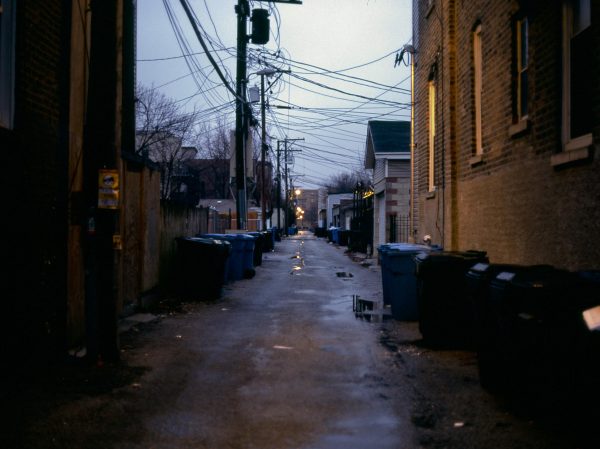
Chicago, meanwhile, has nearly 2,000 miles of alleys running through it, which is impressive for a city with just over 4,000 miles of road (for comparison: Los Angeles has 6,500 miles of road and only 800 miles of alleys). The Chicagoland area is notable, however, not only for its expansive network of alleys, but also for an opposite phenomenon: on its periphery sits what is arguably America’s first planned suburb, an alley-free experiment that would go on to reshape the country.
In Shadow City, an illuminating episode of WBEZ Chicago’s series Curious City, producer Steven Jackson explores the history and planning that shaped the streetscapes of this city and its suburb.
Alleys date back to Roman times, but in the United States, they became increasingly popular as development pushed west. Grids were laid down to make it easy to sell rectilinear parcels to would-be pioneers.
“The federal government’s National Land Ordinance of 1785 imposed a massive grid over everything west of the Ohio River, dividing uncharted territory into square townships, each 36 square miles in size. Those townships were then sliced into progressively smaller sections, all the way down to the city block.”
At a time without indoor plumbing or garbage trucks, alleys made it easier to accept and store deliveries of hay and coal as well as manure and garbage for pickup and disposal. Naturally, they developed a reputation as repugnant places: utilitarian at best, disgusting at worst. While useful, alleys started to be seen by some as an unfortunate symbol of crowded life in the big, dirty city.
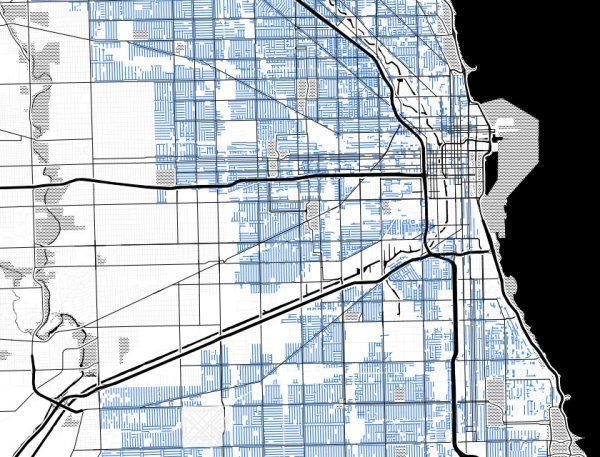
Then, in the late 1860s, Frederick Law Olmsted, famous designer of New York City’s Central Park, came long and unveiled a completely different design approach for a new town. To be built on what was then the edge of Chicago, Olmsted’s new Riverside development was as much a work of landscape design as urban planning.
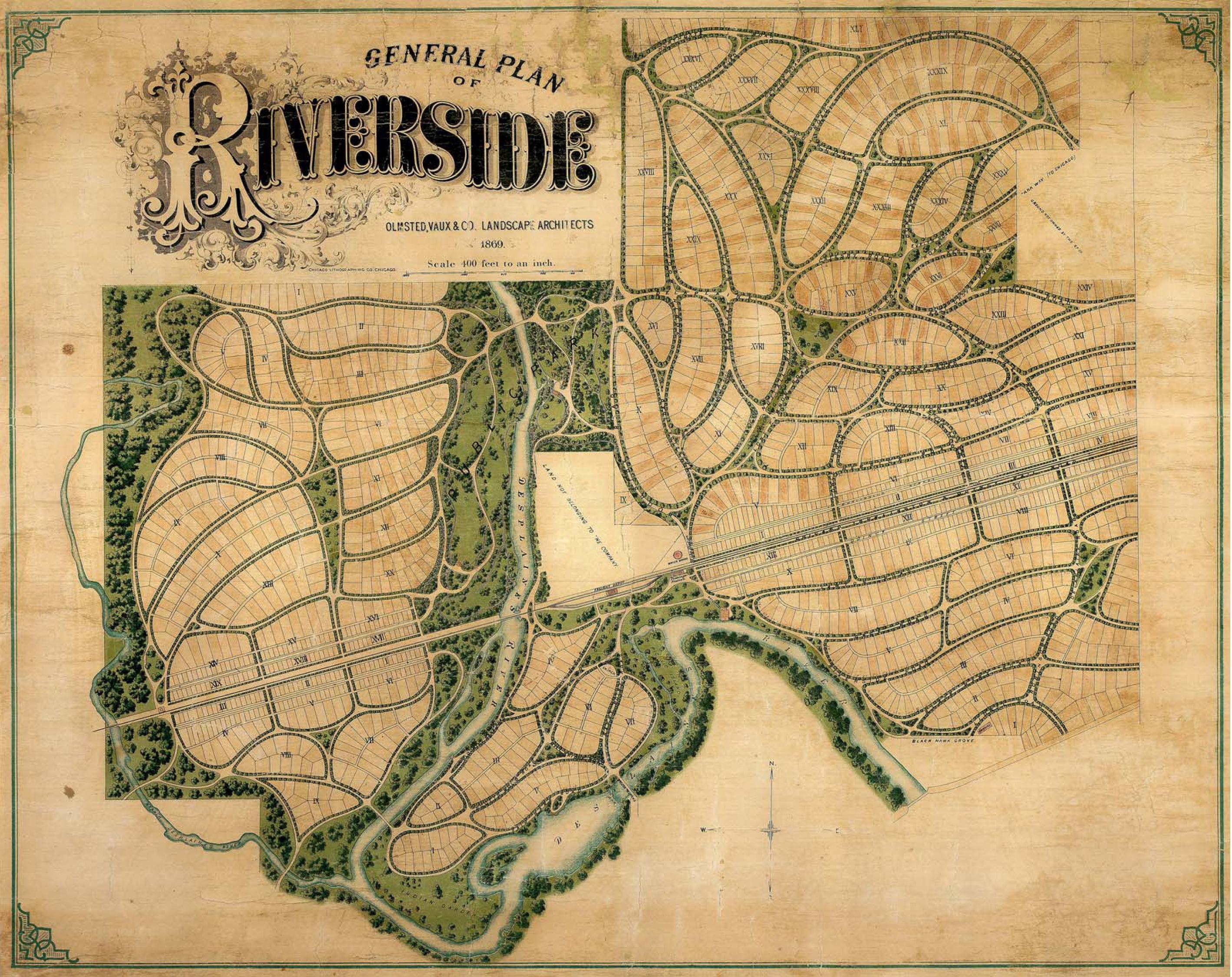
Riverside was as curvy as the city next door was straight, and as devoid of alleys as Chicago was defined by them. Indeed, per the plan above, the most prominent straight line in Riverside was the railroad cutting through the curvilinear new community (while in the adjacent city of straight lines, even The Loop downtown, which sounds curvy, is essentially rectangular). Full of winding streets and expansive lawns, but without an alley in sight, Riverside sought to offer the luxury of city living with the peace, quiet and beauty of a rural countryside.
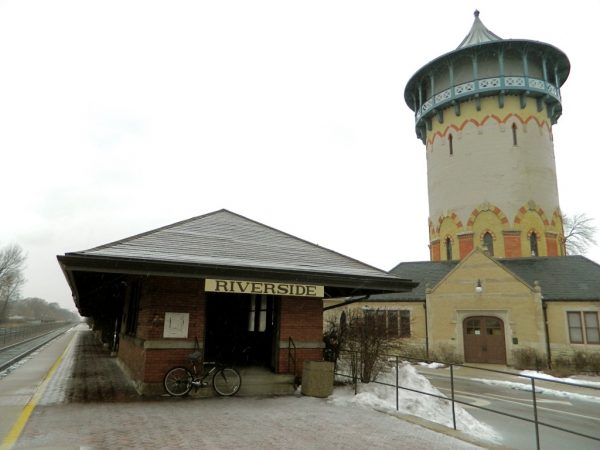
This would, as it turned out, not be a one-off approach by a solitary landscape architect, but the beginning of a trend that would continue and evolve for generations to come. In 1916, during a suburban design competition, renowned regional architect Frank Lloyd Wright even called for the abolition of alleys in present and future block designs.
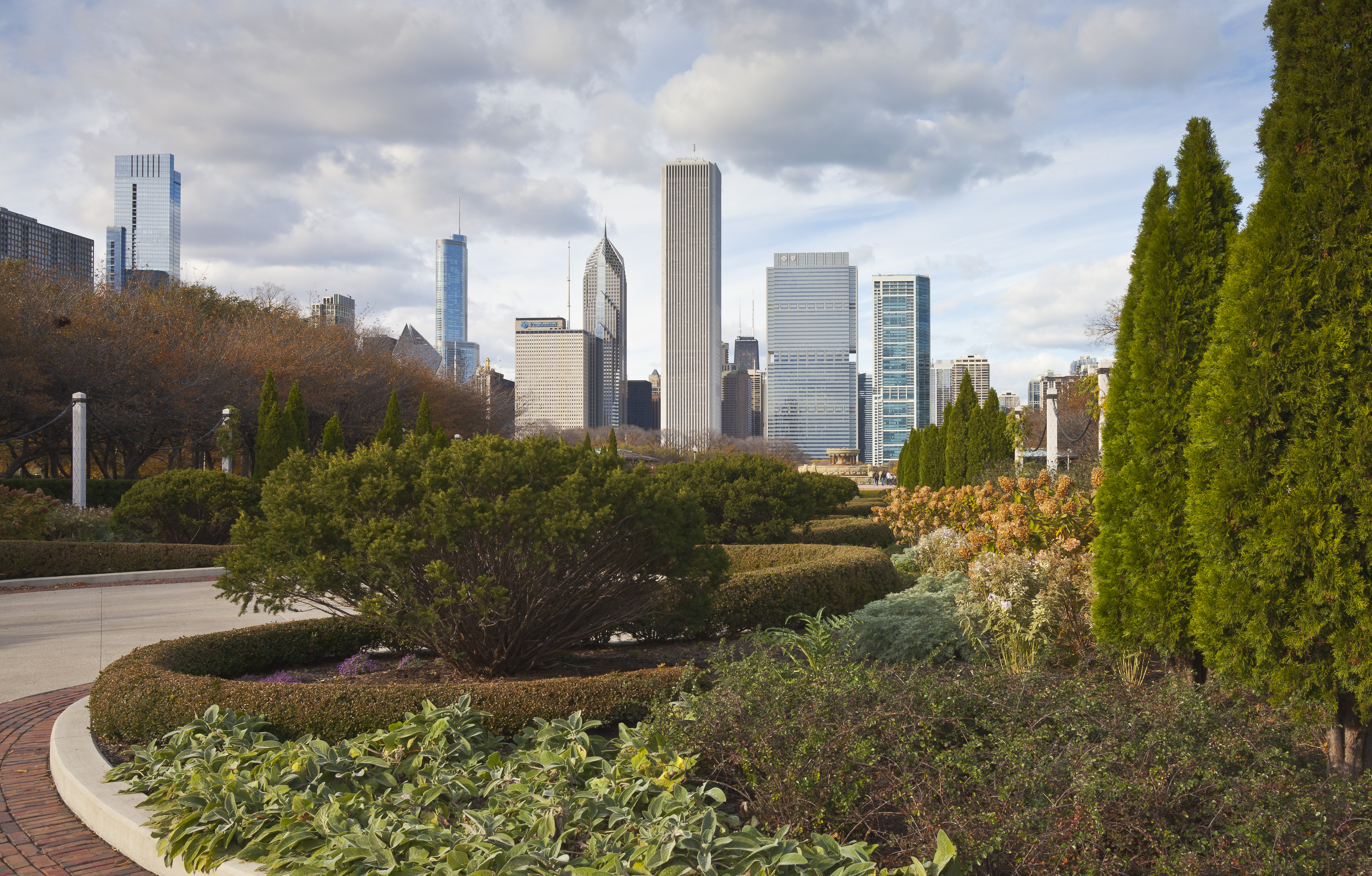
Newly-expanding suburbs seemed to have little need for alleys, thanks in part thanks innovations in underground sewage systems. Trash pickup could be done curbside and front-facing garages grew in popularity. As more people pursued the car-driven American dream, winding suburban street designs proliferated around the country.
Meanwhile, in the Windy City, where 90% of residential blocks still have alleys, some of their uses have stayed the same over time (at least in principle) while others have changed. Trash bins and various means of transportation are still often kept out back, but newer electrical and communications infrastructure shares alley space as well.
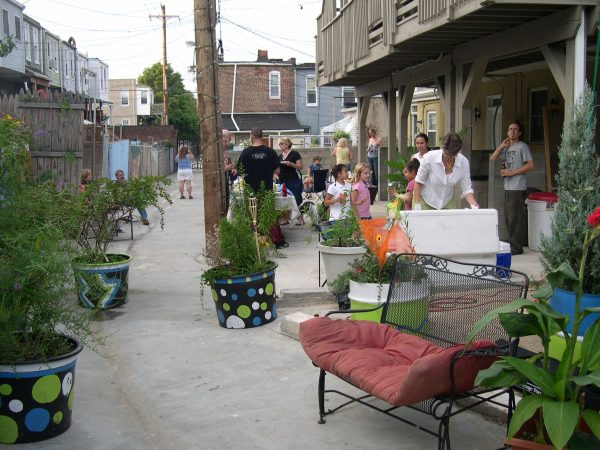
Aside from their purely functional potential, some cities are experimenting with adapting old alleys to new purposes, turning them into shared social and event spaces. In a dense city like Chicago, where tightly-packed homes often lack side and front space, it only makes sense to revisit these alternative zones and see what they have to offer.
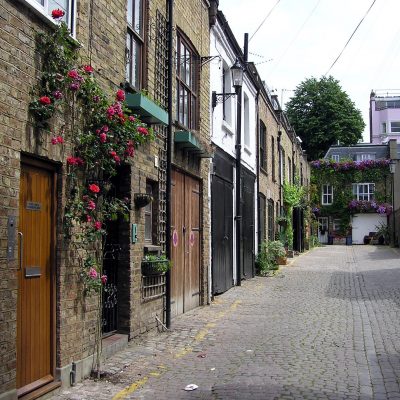
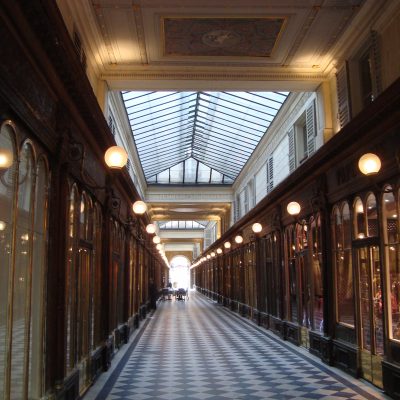
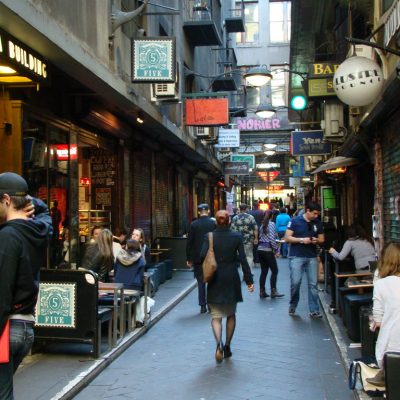
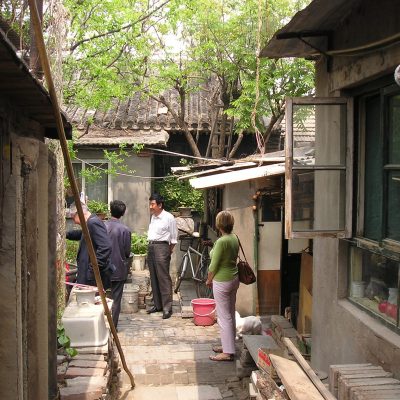



Leave a Comment
Share